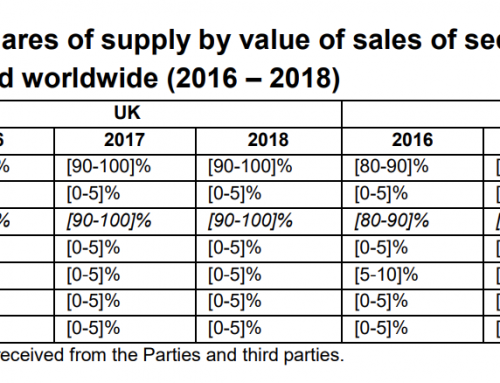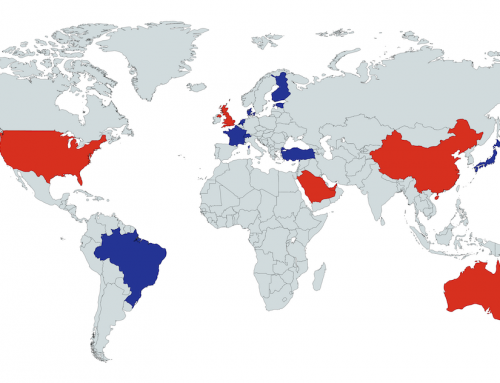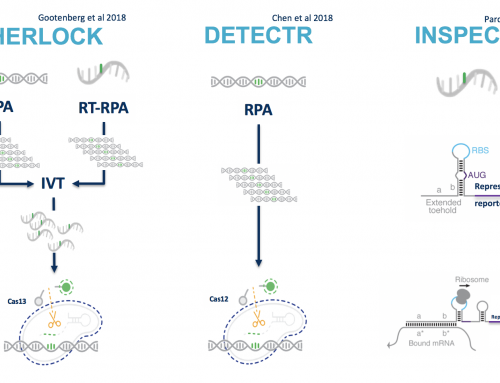Clinical sequencing is looming and recently I’ve heard more, and better, arguments for using whole genomes. These have mainly focused on the quality of PCR-free genomes, which have uniform coverage and few regions of missing or very low coverage. Compared to the PCR and hybridisation-capture artefact’s in exomes, or the focus on a biased set of genes a genome can sound very convincing (especially if you ignore the analysis/storage issues). Until recently the cost has still been too high, but Illumina recently released PCR-free on X Ten reducing the cost substantially. However there are so many different arguments that it is difficult to determine if we can perform a one-size-fits-all sequencing experiment.
 |
| Comparison of Illumina PCR-free to PCR+ kits |
Recently I started talking to people who use terms like analytic validity, clinical validity and clinical utility – these meant something to me, but what they meant for genome sequencing assays, exomes and amplicomes I was not so sure so I thought I’d find out.
Which should we use: Genomes, exomes and amplicomes all have pro’s and con’s: cost, turnaround time, depth of coverage, analytical simplicity, etc – but in a lab like mine we never really consider, or spend time considering, what the sequencing methods we are using or developing need to look like to meet the needs of a doctor prescribing a treatment for a patient. This is where the terms analytic validity, clinical validity and clinical utility become important.
Analytic validity: simply put this asks “if a mutation is present, can our test find it?” The developers of a test should report the analytical sensitivity (if the variant being tested for is present, the likelihood the test will be positive) and analytical specificity (if the variant being tested for is not present, the likelihood the test will be negative). Usually this will consider validity at several stages
- Pre-analytical – sample collection
- The analytical stage – sample prep and running the test
- The post analytical stage – analysis, interpretation and reporting
Clinical validity: simply put this asks “if a variant is found, will the patient develop a disease? In a ctDNA context we may be more interested in understanding if a specific mutation is found, does the patient have cancer? Developers of predictive tests will report positive predictive value and negative predictive value (the likelihood that an individual will, or will not, develop a disease). Often two things can affect clinical validity – mutation heterogeneity, or incomplete penetrance (not all patients with the variant will get the disease).
Clinical utility: simply put this asks “if a variant is present, should we change the patients treatment? This is the big one, and the one I certainly feel farthest from in the Core Genomics lab. If a test does not have clinical utility it can still be useful in giving patients information, i.e as reported in exome sequencing projects for patients who’ve been through a “diagnostic odyssey” of standard tests. At least a confirmed result is a positive one.
Application to Genomes, exomes or amplicones: At the simplest level a single gene NGS test that reports on a known causal variant with an approved treatment is an amplicome with high clinical utility. A gene panel may report on the same single causal variant, but is does this still have the same clinical utility? And what about exomes and genomes? Again the same variant may well be reported but with an increase in other variants, many of which are likely to have zero clinical utility; and I have not even discussed false positives!
Does the additional data, reporting on variants that may not be causal and for which no treatment is available make the test less valid? In the extreme case a single de novo causal mutation discovered by whole genome sequencing, that has an effective treatment may be accompanied by lots of noise – but for the patient it has very high utility indeed.
This post was written as I’m simply trying to get my head around an end of the NGS process I usually never consider. Comments on this post would really be appreciated.
Like this:
Like Loading...
Related









Right now clinical WGS is still too expensive. Maybe not sequencing-wise (though i would not be comfortable with a mean 30x WGS for clinical interpretation), but in terms of storage and processing of data. We are doing a lot of enrichment seq (for 0,5-2 Mb of targets) and the bioinformatic takes a fraction of the time of an exome. And genomes would be worse.
Also, right now most of what you can find in the intronic/intergenic regions is just not clinically interpretable.
There are definitely pathogenic mutations out there – but finding them is currently extremely unlikely (barring de novo mutations in trios)
But we might get there on a couple of years. Computers and algorithms will become faster and the X tens will generate enough data to get reliable Information on polymorphic SNVs and CNVs in the human populations to begin interpreting the regions that have not been covered well enough up to now.
One of the biggest problem is the inconsistencies between variant databases. For example, various of variants that are not registered in ClinVar or OMIM, is registered in disease-specific databases. Researchers have to search these local databases during analysis. Also, even the variants are found in both databases, their clinical effects are conflicted. Some of them annotate a variant as pathogenic, other one as likely benign. There is no consensus for majority of variants.
The definition you give for clinical utility does not go far enough. In the medical world, "Clinical utility" means that "using diagnostic information results in a significant improvement of the outcome for the patient". Proving clinical utility typically requires a prospective clinical trial. For example, using tumour sequences (from panels, exomes or whole genomes) to find targets ("actionable mutations") and then treating the patient with the corresponding targeted drugs has been shown to be feasible but has not yet proven clinical utility – several ongoing clinical trials in the US and in Europe are trying to determine this.
Dr. Heidi Rehm discussed whether to use whole genome sequencing, exome, or panels in a Knome webinar this summer.
According to her: "Panels are best when they have good clinical sensitivity and cost is a factor. When copy number variants are suspected given a certain phenotype, panels also provide better utility as sequencing technology cannot currently produce this information. Exome sequencing should be considered when it covers the genes implicated for a disease well. For very rare phenotypes, whole-genome (or exome) sequencing is the only option and may produce effective results, especially if de novo mutations are suspected."
Blog post and link to her webinar: http://blog.knome.com/panel-exome-or-whole-genome-sequencing
Here's it as a link: http://blog.knome.com/panel-exome-or-whole-genome-sequencing
Good article! Thank you so much for sharing this one very helpful and peaceful info share by blogger, Love it Thanks again. keep it up – good clinical practice course